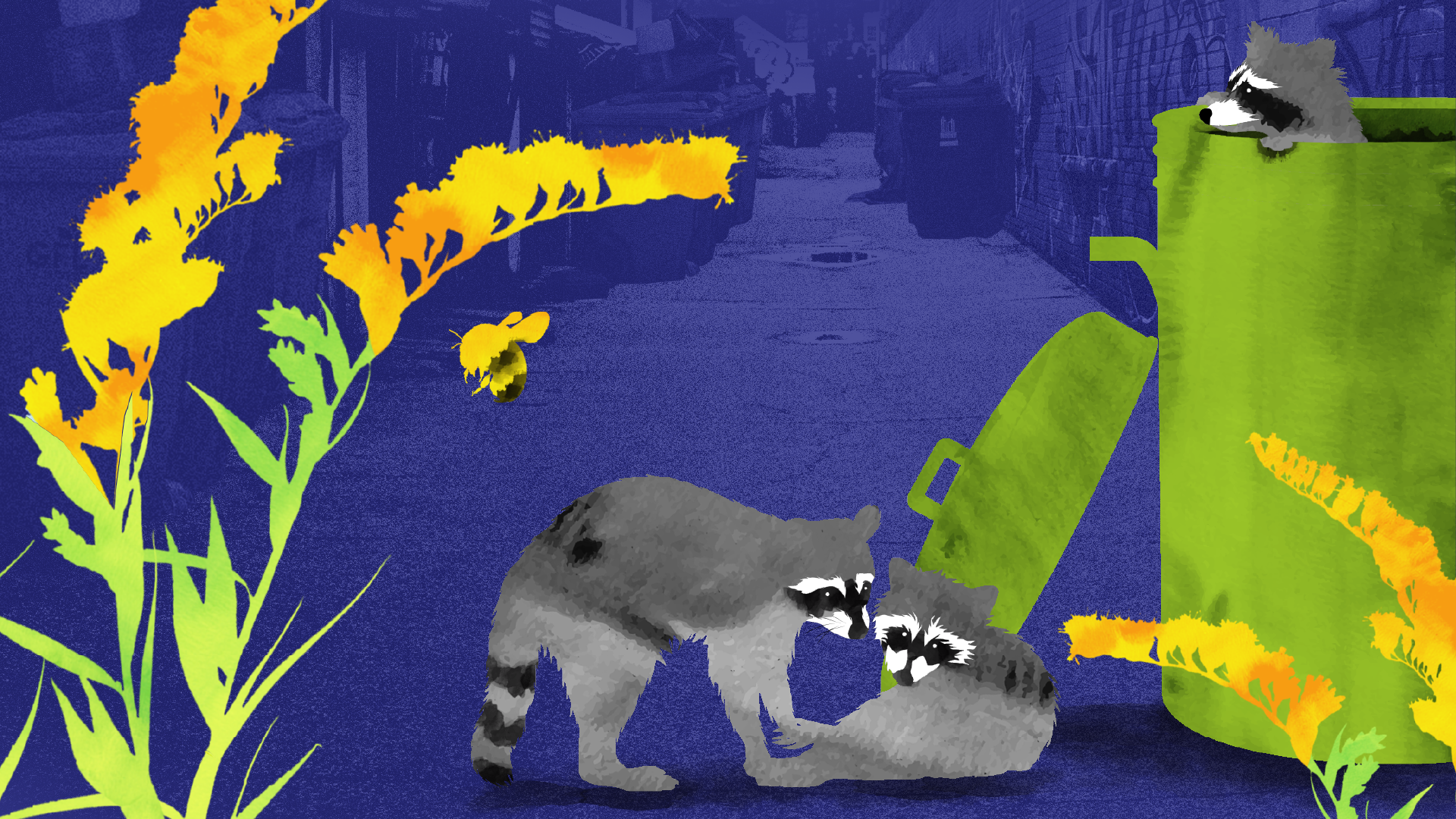As a landmark independent grocery store, PAT continues to bring Torontonians together over a love for food and a commitment to serve their local community.
Continue readingToronto Gone Wild with Curators Jennifer Bonnell and Amy Lavender Harris
Venture through Toronto Gone Wild with curators Jennifer Bonnell and Amy Lavender Harris.
Continue readingToronto Gone Wild
It’s about nature.
Continue readingStreetwear, Sneakers & Style: Conversations on Sports and Fashion
From court-side to the runway, this panel explores how the fashion and sports industries comes together as all-star duo.
Continue readingToronto’s 2003 Blackout: Remembering 48 Hours of Darkness and Unity
On August 14th, 2003, the lights went out across Toronto and didn’t come back on for 48 hours. Though the city plunged into darkness, many have stories of unity and togetherness that they can still recall today.
Continue readingToronto’s Factory Towns: The Industrial Roots of Our Neighbourhoods
Some of Toronto’s iconic neighbourhoods began as hyper-local towns in which factories built communities for workers and their families.
Continue readingThanks for coming!
Sports Memorabilia and Collecting Workshop
From ticket stubs and newspaper clippings, to savoured foul balls and team merchandise, your stuff might be worth more than the good memories.
Continue readingMyseum Masterclass | The History of Baseball in Toronto with Adam Bunch
This weekly online masterclass explores the evolution of baseball in Toronto, as told by award-winning storyteller Adam Bunch.
Continue readingMyseum Tour | Winners & Losers with Curators Adam Bunch and Morgan Campbell
Join our curators Adam Bunch and Morgan Campbell as they lead you through the exhibit and provide insight on the stories and their curatorial process.
Continue reading







 elsonstudio
elsonstudio


